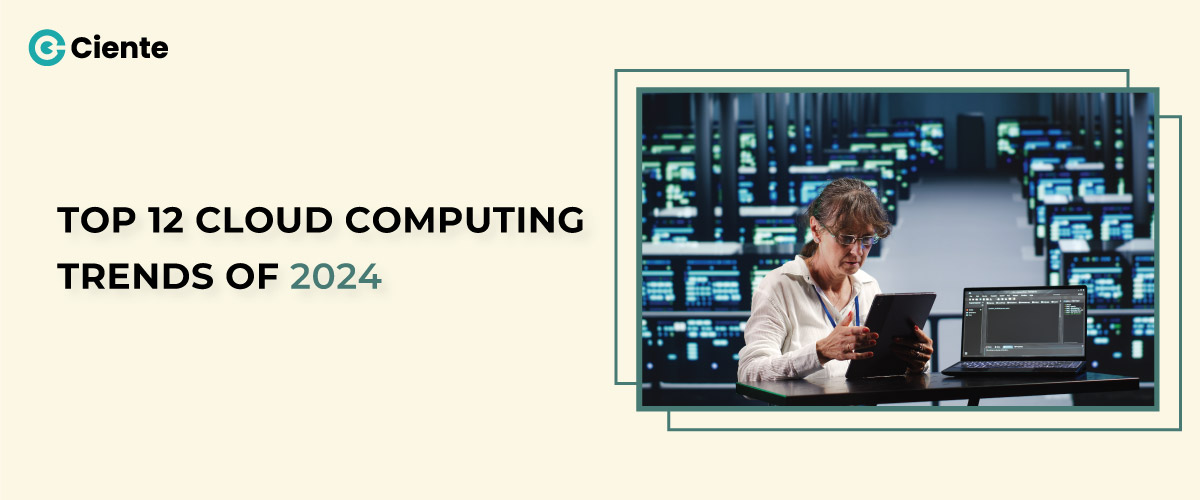Once a hobby, now big business. The creator economy shows how ordinary people are using social media to make a living.
The creator economy has emerged as a transformative force in the digital landscape, reshaping how individuals engage with and derive income from their creative pursuits. At its core, the creator economy encompasses content creators, influencers, and freelancers who harness online platforms to showcase their skills, build personal brands, and connect directly with audiences. This paradigm shift has blurred the lines between traditional employment and entrepreneurship, empowering creators to monetize their content through various channels.
From social media platforms like Instagram and YouTube to specialized platforms such as Patreon and Substack, the creator economy has not only democratized content creation but has also opened new avenues for individuals to thrive as independent entrepreneurs in the digital age. As this dynamic ecosystem continues to evolve, the creator economy stands as a testament to the transformative power of technology in empowering and monetizing individual creativity.
How does the Creator Economy work?
The creator economy operates by enabling individuals to leverage online platforms to create, share, and monetize their content, skills, and expertise. Content creators, influencers, and freelancers use platforms like Instagram, YouTube, and TikTok to build their audience. Monetization avenues include direct payments, brand partnerships, and subscriptions. Specialized platforms like Patreon and OnlyFans offer additional revenue streams. This model allows individuals to turn their creativity into a sustainable source of income, blurring the lines between traditional employment and entrepreneurship in the digital realm.
The creator economy establishes a dynamic interplay among creators, consumers, advertisers, and various other stakeholders, significantly impacting the creation, distribution, consumption, and monetization of content.
There are primarily five key stakeholders –
- Creators: Creators are individuals who craft content, spanning from videos and blogs to podcasts, art, and other creative expressions. Positioned at the heart of the creator economy, they actively cultivate relationships with their audience. Utilizing their skills, expertise, and personalities, creators produce engaging content that captivates followers and enables monetization through diverse channels.
Instagram boasts over 30 million creators, Twitch hosts 3 million, YouTube supports 12 million, and more than 2 million creators are spread across various other social platforms.

2. Platform: Platforms serve as digital arenas where creators publish and share their content, encompassing popular platforms like YouTube, Instagram, TikTok, Patreon, and Substack, among others. These platforms facilitate content distribution and audience engagement and frequently offer monetization features. Nonetheless, creators are inherently reliant on these platforms, and alterations in algorithms or policies can profoundly influence their reach and income.
3. Consumers/ Audience: The audience or fan base is a vital stakeholder in the creator economy. These are the individuals who consume, engage with, and often provide financial support to creators. Fans can contribute through direct donations, subscriptions, purchasing merchandise, or participating in other monetization methods. Building a dedicated and engaged audience is crucial for creators to thrive in the creator economy.
4. Technology: Numerous technology and service providers offer a range of tools and services to support creators in content creation, distribution, and monetization. These encompass video editing software, analytics tools, payment processors, and merchandise fulfillment services. These providers play a crucial role in establishing the infrastructure that enables creators to efficiently manage and expand their online presence.
5. Advertisers/ Sponsors: Advertisers and sponsors play a pivotal role in providing financial support to creators. Creators generate revenue through advertising placements in their content or through sponsorship deals with brands. Advertisers benefit from the creators’ extensive audience reach and engagement, capitalizing on the influencer marketing aspect of the creator economy to promote their products or services.
Key Platforms
YouTube
Overview: YouTube is a widely used video-sharing platform that allows creators to upload, share, and monetize their content. Creators can earn revenue through ads, memberships, and merchandise sales.
Strengths: Large user base, diverse content types, and various monetization options.
Overview: Instagram is a visual-centric platform for sharing photos and short videos. It provides features like Instagram Live and IGTV for engaging with followers. Creators can build their brand through visual content.
Strengths: Visual content focus, high engagement, and a platform for building a personal brand.
Substack
Overview: A platform for newsletter creators to reach their audience and monetize through subscription-based newsletters.
Strengths: Focus on written content, ease of use, and the ability to offer free and paid subscription options.
Patreon
Overview: Patreon is a membership platform that allows creators to receive recurring payments from their fans. Creators can offer exclusive content, perks, and benefits to their Patreon subscribers.
Strengths: Direct fan support, subscription-based model, and a way to generate income outside traditional advertising.
LinkedIn (for professional content creators)
Overview: A professional networking platform that allows creators to share industry-related content and expertise.
Strengths: Business and professional networking, content sharing, and potential for brand collaborations.
Future of creator economy
The creator economy is poised for substantial growth in the coming years, with Goldman Sachs projecting a remarkable milestone. Their estimate suggests that the creator economy could surge to a staggering $480 billion by 2027.
This paradigm shift, characteristic of transformative trends, comes with a spectrum of positive and negative implications. On a positive note, it provides individuals with unprecedented opportunities to construct and capitalize on their personal brands, enabling a diverse range of voices to thrive in the digital space.
However, the ascent of the creator economy also brings forth challenges that demand careful consideration. Privacy concerns loom large as creators share more personal aspects of their lives, potentially blurring the lines between public and private spheres. The heightened competition within the creator space can make it increasingly challenging for individuals to stand out and gain recognition. Additionally, the risk of misinformation is a pressing issue, as the rapid dissemination of content through various channels may not always prioritize accuracy.
The focal point for businesses lies in navigating this evolving landscape adeptly. Engaging with creators can offer a valuable avenue for marketing and collaboration, but it requires a nuanced approach. Businesses must be mindful of privacy regulations, actively work to distinguish authentic content, and strategically align themselves with creators whose values align with their own. The ability to navigate these complexities will determine how effectively businesses can leverage the opportunities presented by the creator economy while mitigating potential risks.





